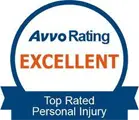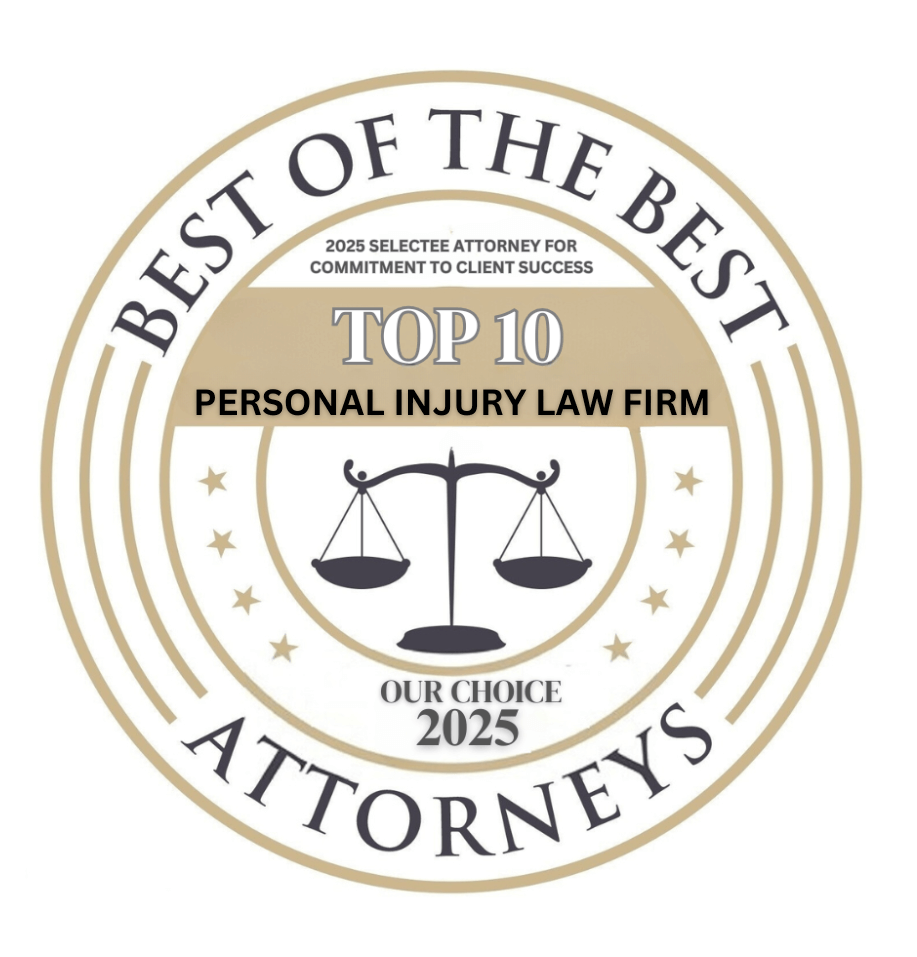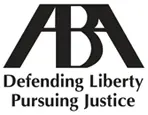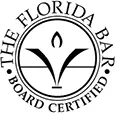Safely Sharing Washington’s Roads and Highways with Semi-Trucks
Recent news reports have highlighted the fact that in 2019, Washington is on pace to have the deadliest year on record regarding crashes which involve semi-trucks. The Washington Department of Transportation reports more than 3,400 traffic collisions involving heavy trucks have occurred on Washington’s roads and highways from the beginning of 2019, until mid-August. This includes almost 700 crashes resulting in injury and 50 fatal crashes. Tractor-trailer crashes can occur for a variety of reasons. As someone who shares the road with semi-trucks, you cannot control the truck driver’s actions, but you can take some steps to avoid a truck accident.
Below you will find tips recommended by the Federal Motor Carrier Safety Administration (FMCSA) to safely share Washington’s roads and highways with semi-trucks, and guidance on what you should do if you are involved in a truck accident.
Avoid “No Zones” Around Semis
According to the Federal Motor Carrier Safety Administration (FMCSA), about 33 percent of traffic collisions which occur between semi-trucks and smaller motor vehicles are a result of motorists riding in a semi-truck’s no zones. More commonly referred to as blind spots, no zones are the areas around a semi which truck drivers cannot see or have difficulty seeing when they are traveling down the road. A semi-truck’s blind spots include the following four areas:
- Immediately in front of the cab of a semi extending approximately 20 feet forward
- Immediately behind the trailer of a semi extending backward about 30 feet
- Under the driver’s window, extending backward
- Almost the complete passenger side of the cab and trailer
All motor vehicles have blind spots, but the larger the vehicle, the larger the blind spots. Not only do tractor-trailers have large blind spots, but they don’t have rear windows or rearview mirrors to easily clear their blind spots. Some trucks have extra mirrors mounted on the front of the cab to give them better visuals, but for your own safety, you should assume they a semi driver cannot see you when you are close to them. Although you might not have much control over your position during heavy traffic, you should make your best attempt to drive past semi-trucks quickly and not linger in their no zones.
Pass Semi-Trucks With Care
For a passenger vehicle to safely share the road with a semi-truck, they must pass quickly and avoid lingering in their blind spots. When you choose to pass a semi-truck, you should look at a driver’s side mirror. If you cannot see the driver in his mirror, he cannot see you. Make sure to use your turn signal to notify other vehicles of your intention to change lanes; pass the semi-truck safely and quickly. Do not return to your original lane in front of the truck until you see the entire semi in your rearview mirror. This will allow enough space so you aren’t in the blind spot in front of the cab.
It’s also in your best interest to avoid passing a semi on the right when you are on an interstate or a divided highway; it’s highly unlikely the driver will be able to see you. If they suddenly move back over to the right lane, they might run you off the road.
Sometimes you might find it tempting to pass a truck when going down a hill, especially because you have great visibility. This, however, can be dangerous. Heavy trucks pick up speed when traveling on a downgrade. Passing them will require speeding excessively and might result in a fatal accident. If you notice a truck has pulled over to the side of the road because of a mechanical breakdown or other reason, you should move to the left and pass by. You could possibly hit the truck or the driver.
Don’t Cut off Semi-Trucks
A loaded semi-truck can weigh as much as 80,000 pounds, and most passenger vehicles weight somewhere between 3,500 and 4,500 pounds. Cutting in front of another vehicle is dangerous and might lead to a serious accident, but cutting off a semi-truck is flirting with death. Heavy trucks need more distance and time to react to sudden movements. When you cut off a semi-truck, your vehicle will be in the blind spot which extends out from the front of the cab.
Although the driver might see you and make every effort to slow their truck, they simply may not be able to. This can lead to a severe, potentially fatal rear-end collision. You can avoid this situation by making sure you look carefully and allow enough space before moving into the same lane as a semi. The semi driver may flash his lights when he sees you, signaling that it’s okay to move over.
Allow Plenty of Space Between Your Car and a Semi-truck
The FMSCA recommends leaving a four-second gap between you and the trailer of a semi. This allows you enough space and time to react if the semi makes a rapid stop or slows down quickly. Maintaining a four-second gap might sound tricky, but it’s actually pretty easy if you follow these steps:
- Pick a fixed object ahead of the semi you are following, such as a sign, a tree, a streetlight, or any other large object.
- Wait for the truck’s trailer to pass the object and start counting.
- Count until you reach four.
- If you passed the object before waiting four seconds, you are two close. If you passed the object when you reached four or after, you are at a safe following distance.
Allowing space also means keeping away from the sides of a semi-truck. If the truck has mechanical issues, such as brake failure or a blown out tire, you can avoid the accident if the driver loses control of the semi-truck.
Don’t Use Your Brights When Following a Semi
When traveling on a divided highway or interstate when it’s dark, you might be tempted to use your brights if there isn’t much traffic around. Some people mistakenly assume that because semis sight up higher and don’t have rearview mirrors, they can keep their high beams on when following one. This can be a dangerous assumption. High beams can reflect off the large side mirrors of a semi-truck, causing the truck driver two or more seconds of secondary blindness. Even in that short amount of time a trucker might lose control of the semi, swerve into another lane, and/or cause a severe crash. If you are within one-fourth of a mile from the back of the truck, you should refrain from switching to your high beams.
Always Use Your Turn Signals
Using your turn signals to notify others of your intentions for turning or changing lanes is the law. Yet, sometimes we get lazy and don’t use our signals, especially when changing lanes. As previously mentioned, semi-trucks need time and distance to react to other drivers. When you don’t use your turn signals, you can cause an accident. One of the best ways to safely share Washington’s roads and highways with semi-trucks is to turn on your signal at least three to four seconds before making a turn or changing lanes.
Allow Room for Wide Turns
Semi-trucks cannot make tight turns because of the way the tractor is connected to the trailer. This typically doesn’t cause an issue when a truck driver has to make a left turn; however, right-hand turns typically require the driver to swing wide to the left to make a turn. If drivers cannot make a wide turn, they might go off the road or hit something on their right side. Whenever you find yourself at an intersection with a tractor-trailer, make sure to allow the driver enough space to swing wide and make a safe turn. If you follow too closely or you don’t give enough space on the left side of the semi-truck, you risk being involved in a collision.
Don’t Drive While Impaired
Drinking and driving is not only illegal, but it’s dangerous, especially when sharing the road with semi-trucks. When your senses are impaired by alcohol or drugs, legal or illegal, you aren’t able to judge time and distance accurately. Depending on the extent of your impairment, you might swerve into oncoming traffic or another lane, cutting off a semi-truck.
Remember that truck drivers need ample time and distance to react, so they may not be able to avoid a collision if you make sudden movements. Also, those who are driving under the influence might find it difficult to avoid a semi-truck stalled on the side of the road because of a mechanical issue. Keep in mind that the side effects of some medications can also impair your senses, especially if you combine them with alcohol. Make sure to discuss side effects with your physician, and adjust to medications which don’t affect your driving ability.
Don’t Be a Distracted Driver
The Federal Motor Carrier Safety Association (FMCSA) has long prohibited cell phone use for truck drivers which doesn’t utilize hands-free features of the device, and Washington drivers have the same restriction. Many other states only address cell phones and texting as a distraction, but Washington has cracked down on all driving distractions.
If law enforcement sees a driver putting on makeup, adjusting the radio, eating, or engaging in any other distracting behavior, they can issue a citation. In some ways, distracted driving can be more dangerous than driving under the influence. When a driver’s hands, eyes, and/or mind strays from the road, severe accidents can occur. When a collision occurs between a passenger vehicle and a semi-truck, it’s the occupants of the vehicle who typically die or suffer severe injuries. Driving without distractions might save your life.
Only Drive When You Are Well-rested
Driving while fatigued occurs far too often on the nation’s roads and highways. You might not realize that drowsy driving can impair your senses like alcohol. In fact, the National Highway Transportation Safety Administration (NHTSA) estimates 18 hours without rest affects a person the same as a 0.08 blood alcohol concentration.
Truck drivers are especially susceptible to drowsy driving because of their demanding schedules and unrealistic performance standards of their employers, which sometimes include driving at night. Safely sharing Washington’s roads with semi-trucks means you need to have adequate rest before you drive. Not only will you be more alert as you drive and maneuver your vehicle, but if you encounter a fatigued driver in a truck or other vehicle, your alertness might help you avoid a severe accident.
What Should You Do After a Truck Accident?
An accident still might occur even if you follow all of the previously mentioned safety tips. After a truck accident, you need to complete as many of the following tasks as possible, depending on your physical capability. If not, friends and family members can also help you.
- Go to the doctor ASAP if you didn’t ride to the emergency room in an ambulance. Some injuries might not show symptoms, so get checked out and make sure any injuries have been documented in your medical record.
- File a police report. Law enforcement probably came to the scene of your accident because even minor truck accidents can block traffic and cause injury. If they did not, you need to call them to the scene or immediately file a report.
- File an insurance claim. Even though you believe the truck driver is at fault for the accident, you need to file a claim with your carrier. Most insurance companies require policyholders to file a claim where their coverage might apply. This will prevent cancellation of your policy, but also document the accident and link it with the associated police report.
Consult a skilled Seattle personal injury attorney. Semi-truck accidents are serious events which can devastate victims and their families. A qualified attorney can help investigate the accident and gather relevant documents, evidence, and information. Additionally, personal injury lawyers with truck accident experience know how to deal with the large insurance policies, increased property damage, and more severe injuries often associated with semi-trucks. They will handle communication and negotiation with relevant parties, while you focus on recovery.
Free Consultation
We Are Here For You 24/7
Reviews
– Elissa M.
“Really pleased with Boohoff Law! Received immediate responses when I had any questions. Treated amazingly by all staff … made this process a true breeze!”
– Caitlyn M.
– Brandy K.
Related Posts
How Can Dashcam or GoPro Footage Help My Motorcycle Accident Case?
What Happens if the Trucking Company Claims I Was in the Blind Spot?
Wrecked by a Semi in a Pile-Up? How To File a Claim if You Were Injured in a Multi-Vehicle Truck Crash
Recovery is personal.
We’re here for you.
We’re close by. And if you can’t make it to us, we’ll meet you where you need us, at home or in the hospital.
You're better off with Boohoff.











The information on this website is for general information purposes only. Nothing on this site should be taken as legal advice for any individual case or situation. This information is not intended to create, and receipt or viewing does not constitute, an attorney-client relationship.
available 24/7
(877) 999-9999
